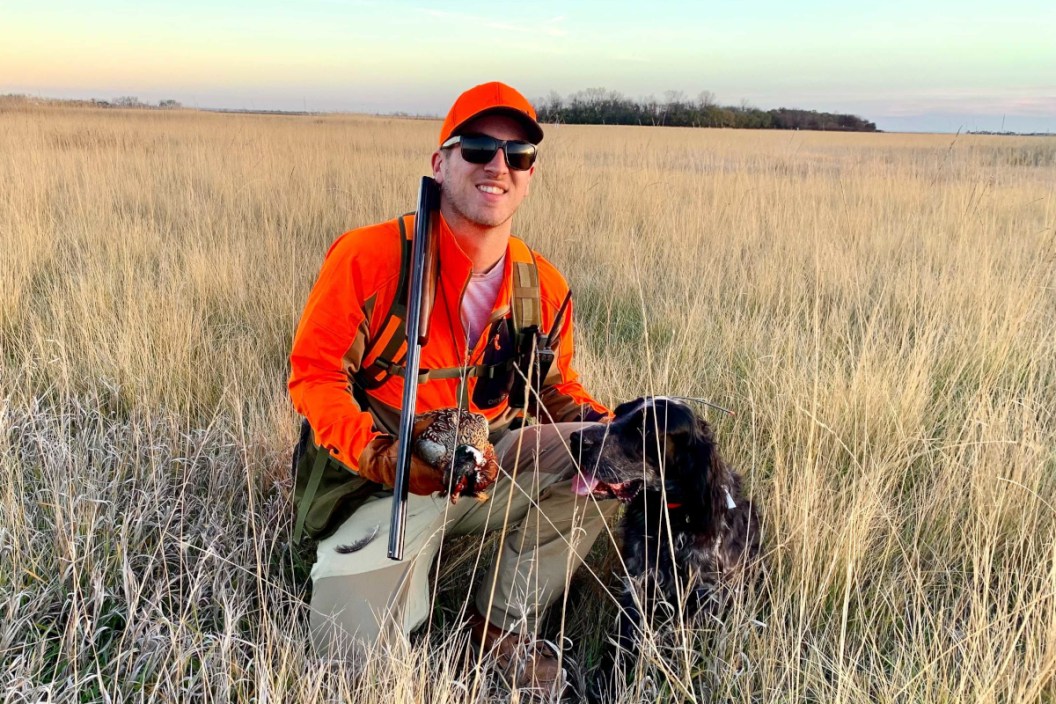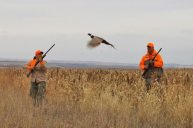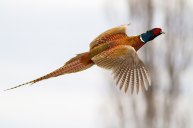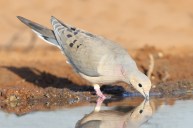South Dakota may offer the best pheasant hunting on Earth.
Some hunting experiences are synonymous with locations. Louisiana is known for ducks, Iowa for whitetail deer, Colorado for elk. South Dakota is known for being one of the top destinations for pheasant hunters on the planet. Opportunities abound on both private land and public land for ringnecks. Many non-residents find they see more roosters in a day in South Dakota than they do in a season in their home states.
As we found out this past November, the state does indeed offer some world class wingshooting and some of the best public pheasant hunting land we've ever seen.
Whether you're new to chasing roosters or you're a seasoned vet, almost anyone can have an excellent pheasant hunting experience in South Dakota. Today we'll cover everything you need to know about planning a trip this hunting season or the next.
Required licenses and season dates.

Travis Smola
First things first, and that's the legal requirements to hunt in South Dakota. Fortunately, the South Dakota Game and Fish Department keeps things simple when it comes to licensing requirements. For pheasants you will need a small game hunting license which costs $33 for residents and $121 for non-residents. You will also need a South Dakota habitat stamp, which is required for all hunters aged 18 and older. Fortunately, this stamp is cheap. It's $10 for residents and $25 for non-residents. So, if you are planning an out-of-state hunting trip, your licensing costs are going to be around $145, which is not bad at all when compared to some other states.
As for pheasant seasons, South Dakota has three of them. The dates are as follows:
- Youth Only: September 25, 2021 - October 3, 2021
- Resident Only: October 9, 2021 - October 11, 2021
- Traditional (when non-residents can start): October 16, 2021 - January 31, 2022
Even though the first season non-residents can hunt starts in October, most seasoned pheasant experts will recommend you wait a bit longer than that. Which we'll touch on next.
When to schedule a South Dakota Pheasant Hunting Trip
On my trip there this past November, I had not one, but two experts tell me it's better to wait a little bit for the season to get started rather than come out for opening day. In fact, Casey Weismantel, the Executive Director and Outdoor Media Rep for the Aberdeen Area Convention and Visitors Bureau told me he usually does not start hunting pheasants until around Thanksgiving at the earliest. He says most hunters he encounters at trade shows or talks to on the phone want to come for the opener, which usually isn't the best time.
"I tell them day in and day out: 'Please, do not come out for pheasant opener," Weismantel said. "And they just don't believe you. They don't trust a word you're saying until they come out."
There's several good reasons to wait. Mid October is usually still extremely warm in South Dakota, which wears out the dogs faster. Then there's the increased pressure from all the hunters in the area. The last hurdle to hunting opening weekend is the fact that most of the crops are still unharvested, meaning the birds are more spread out and difficult to locate.
"Those are three things that are going to be working against you," Weismantel said.
Chris Goldade of South Dakota Game Fish and Parks agrees with this sentiment that most hunters learn by trial and error the best time to come to the state after pheasants. Goldade says the biggest benefit to opening week is the weather, but that most hunters then plan their return trips for later dates.
"It's a great weekend to start (opening week), usually the weather is the best then, and you get those first birds, but a lot of our harvest isn't done by that point, and our pheasants are still out in those unharvested crop fields," Goldade said. "So, if you can schedule a little bit later in the season like we are today, the beginning of November, you can get a little better days sometimes."
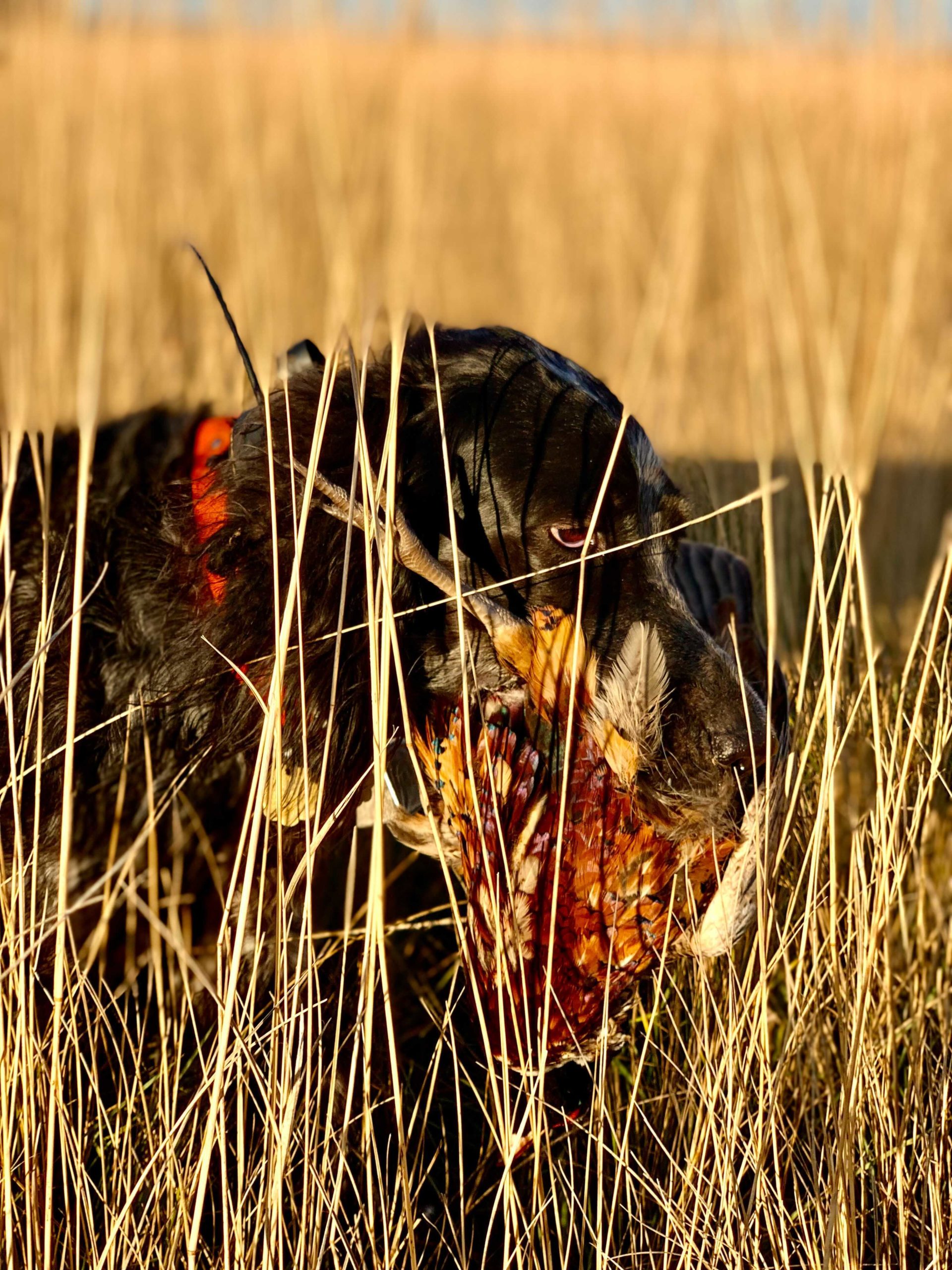
David Schlake
So, when is the best time to hunt? Both Weismantel and Goldade said they prefer the later seasons. The weather may be rougher, but there are several advantages to planning a later hunt.
"I love the late season hunt," Goldade said. "That December, January hunt we get 15-20 inches of snow on the ground. There's nothing more exciting than watching a pheasant bust out of a snow drift in front of you after a dog points it."
Weismantel agrees, saying the weather and crop harvests are two key things to watch and plan your hunt around.
"Once the corn comes out, it's like hitting the reset button, it's like another pheasant opener," he said. "And when we get our first dusting of snow? Oh my God, hit the reset button again. The dogs just go crazy because all of that is fresh scent. You're not hunting day old scent, you're not getting false points here. If a dog goes on point or gets birdy, there's going to be a bird there."
The other benefit to starting later is the prime pheasant habitat shifts a little from corn and CRP fields to shelter belts, sloughs, creek bottoms, and fence rows where wild pheasants are much easier to locate and flush. Earlier in the year, it's likely you'll have a lot of birds double back past you in larger crop fields, even with dogs. It's not that you cannot find them in October, but odds are you are going to see better bird numbers once those crops have finally been harvested.
Where to hunt pheasants in South Dakota.
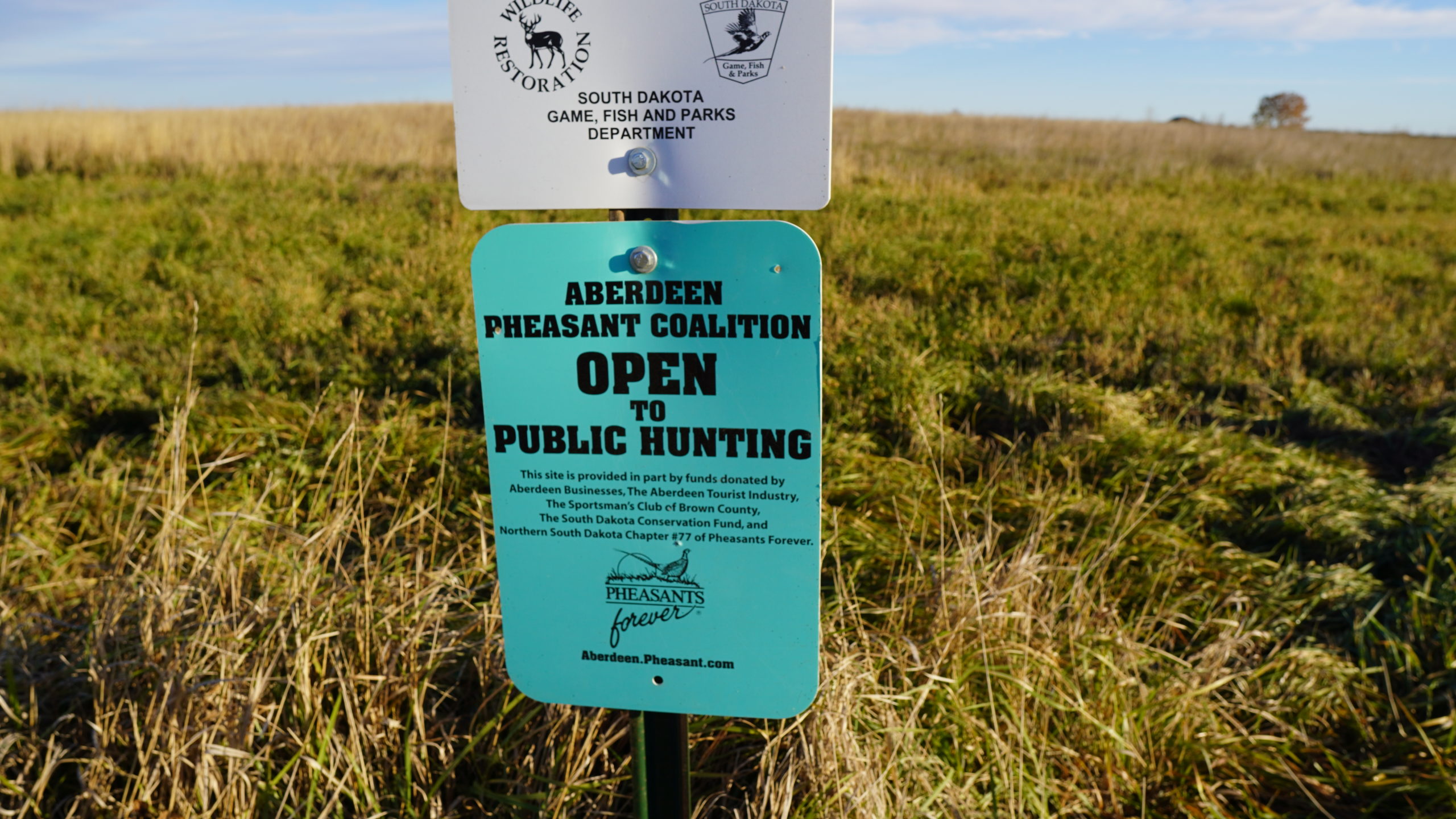
Travis Smola
The great thing about South Dakota is that much of the state is prime habitat to support a robust pheasant population. However, it can be argued some areas have a much better pheasant hunting season than others.
"Typically, your best bird hunting is going to be found in that James River Valley," Weismantel said. "Which is going to be Aberdeen to Redfield, to Huron, and Mitchell."
Basically, he's talking the northeast corner of the state. Especially Brown County. And for good reason, it is here that public hunting opportunities abound. The GFP already has a program in place that incentivizes private landowners to open their land to pheasant hunting season. However, in Brown County, they have taken it a step further with what is known as the Aberdeen Pheasant Coalition. It's a special program where dedicated volunteers and the local Pheasants Forever chapter gathered over $100,000 in donations from banks, hotels, restaurants, and other local businesses and conservation groups. They then used those funds as a little bit of extra financial incentive for landowners. It works out to about a $25 per acre increase over what GFP already offers for public access. Goldade told me that little extra incentive has gone a long way towards getting landowners who were on the fence about the idea to finally give access. As a result, Brown County has approximately 4,000 acres of public hunting land either through the coalition, or in federally owned game production areas. And they are hoping to add at least 4,000 more acres here soon.
As if all that access wasn't enough, GFP also works hard to do habitat improvement in these public hunting areas.
"They manage them for nesting cover, they do grass plantings, and food plots, and woody cover for winter habitat," Goldade said. "And then we work with all the private landowners to help the improve their lands as well."

Travis Smola
Goldade recommends picking up one of their printed public hunting atlases that maps out all the public hunting areas. There is also an online version that works with the GPS in your phone so you can see in real time exactly where you are and where the borders between public and private begin and end. He noted the online version may be more up to date because sometimes changes happen after a printing.
Both Goldade and Weismantel noted that even though the area is managed to sustain a healthy bird population and great hunting, nothing is guaranteed. You still need to do your homework before hitting the field. Scouting ahead of time is always necessary to find out what areas may work best. Weismantel said that while he cannot guarantee you'll limit out, you will have more opportunities around Brown County than anywhere else.
"What we can guarantee is that Aberdeen is trying our darndest to put more huntable acres on the ground," Weismantel said.
As another note, Goldade recommends carrying non-toxic shot. Because while the Pheasant Coalition areas are on private land and lead shot is allowed, he said you never know when you may drive past a promising-looking spot in a federal game production area. These areas do not allow lead shot, and so it's best to be prepared for both types of areas.
Hunting with an outfitter.

Travis Smola
In addition to public land, there are also plenty of private ranches that offer up exclusive and unique hunting packages that enhance the bird hunting experience even more. During our trip we hunted with Sal Roseland's R&R Pheasant Hunting in Seneca, South Dakota. The family manages approximately 4,000 acres of private land just for pheasants. And they have permits to enhance the number of birds on their lands through timely releases of pen-raised pheasants at different parts of the year. We found the birds here acted just like wild pheasants. There are no fences or barriers keeping them on the land. Many of these ranches build great habitat which helps to keep the birds nearby once they're released and start mingling with the wild birds. Although there are also operations on private land that advertise 100% wild bird experiences too.
Many of these operations like R&R Pheasants, are all-inclusive experiences. You literally do not need to bring anything to the hunt. They'll supply all the hunting gear right down to the boots and shotgun. And they'll prepare you some delicious home-cooked meals in the process as you stay in their cozy lodges. Weismantel recommends doing a guided experience, at least for one day, if for no other reason than to get some pheasant hunting pointers. Some hunters do one day of guided hunting followed by a DIY-style approach on public land.
No matter what kind of South Dakota pheasant hunting lodge or guide operation you choose, Goldade and Weismantel recommend booking at least a year out from your trip. Many of these places have dedicated customers that return year after year and slots fill up fast for longer hunts. Although it's not uncommon for these operations to sometimes have a day or two open for a hunter or two due to cancellations. Expect to open your wallet a bit. Most of these places and guides have spent years perfecting their craft and their services can be expensive. However, it's worth it for the number of shots you'll get over the course of a day.
Final tips and thoughts.
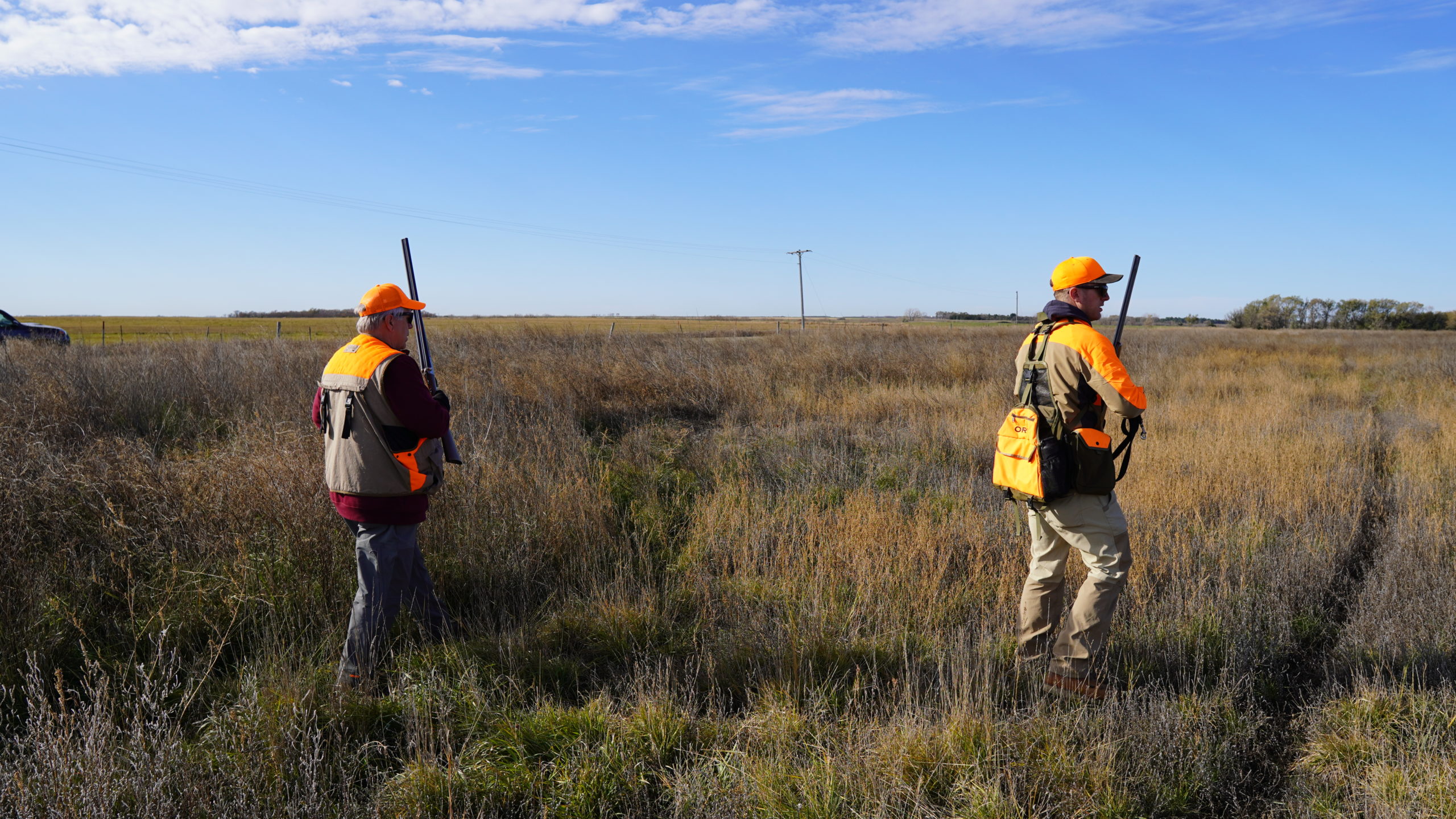
Travis Smola
One thing to know about South Dakota's pheasant season is that legal shooting time does not start until 10 a.m. as per tradition. Goldade said it was traditionally thought this start time was to give farmers a chance to finish their early morning chores before their land was inundated with pheasant hunters. Whatever the reason, the tradition continues, and it makes for a pleasant hunt since you can sleep in every morning without worrying about someone else working a spot before you. You and your hunting party can hit the local restaurants and enjoy a nice breakfast before you head afield for the day.
For another major tip, Goldade also says it's best to prepare for anything when planning a pheasant trip. The weather can be wildly unpredictable on the South Dakota plains in the fall and early winter months.
"It could be T-shirt weather, it could be 20 below and freezing rain and snow, so bring everything you've got," he said. "You never know what you're going to hit some days."
As a final note, a cooler to transport your harvested birds home is a given. However, we were pleasantly surprised to find a dedicated freezer in the lobby of our hotel in Aberdeen. Put there specifically for pheasant hunters to stow their harvests each day before they leave. If you go to the right area of South Dakota, support from local businesses is impressive. And why not? South Dakota is not known as the pheasant hunting capitol of the world for nothing.
"Pheasants need a mix of grassland and cropland, and South Dakota just has that perfect mix," Goldade said. "Especially this area of South Dakota, we've got public land in this specific area up here, and a lot of really well managed private land. People in South Dakota just love their pheasants."
You'll get no argument from us in that regard!
Products featured on Wide Open Spaces are independently selected by our editors. However, when you buy something through our links, we may earn a commission.
For more outdoor content from Travis Smola, be sure to follow him on Twitter and check out his Geocaching and Outdoors with Travis YouTube channels.
NEXT: PHEASANT HUNTING IN SOUTH DAKOTA: OUTFITTED VS DIY-STYLE ON PUBLIC LAND
WATCH
